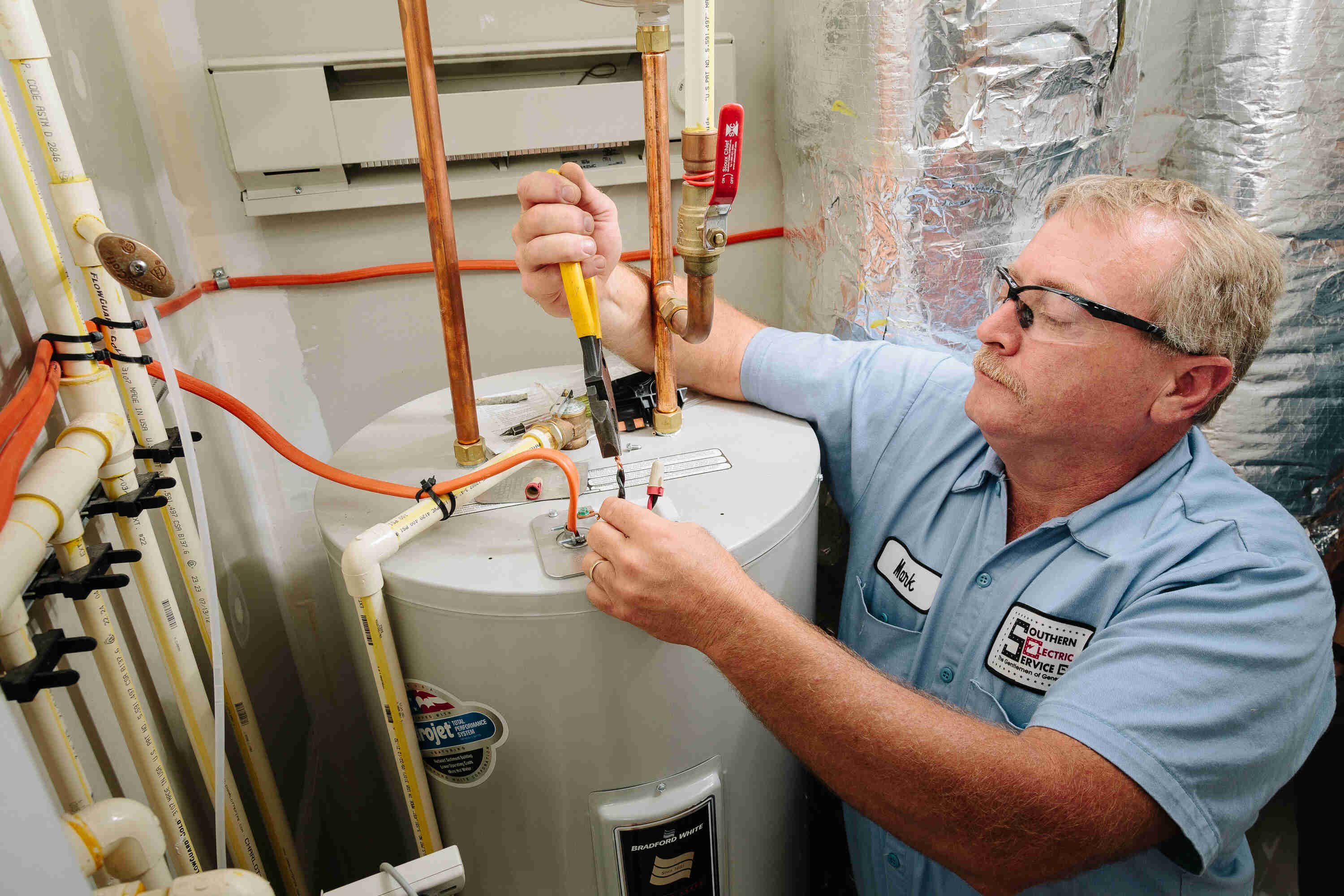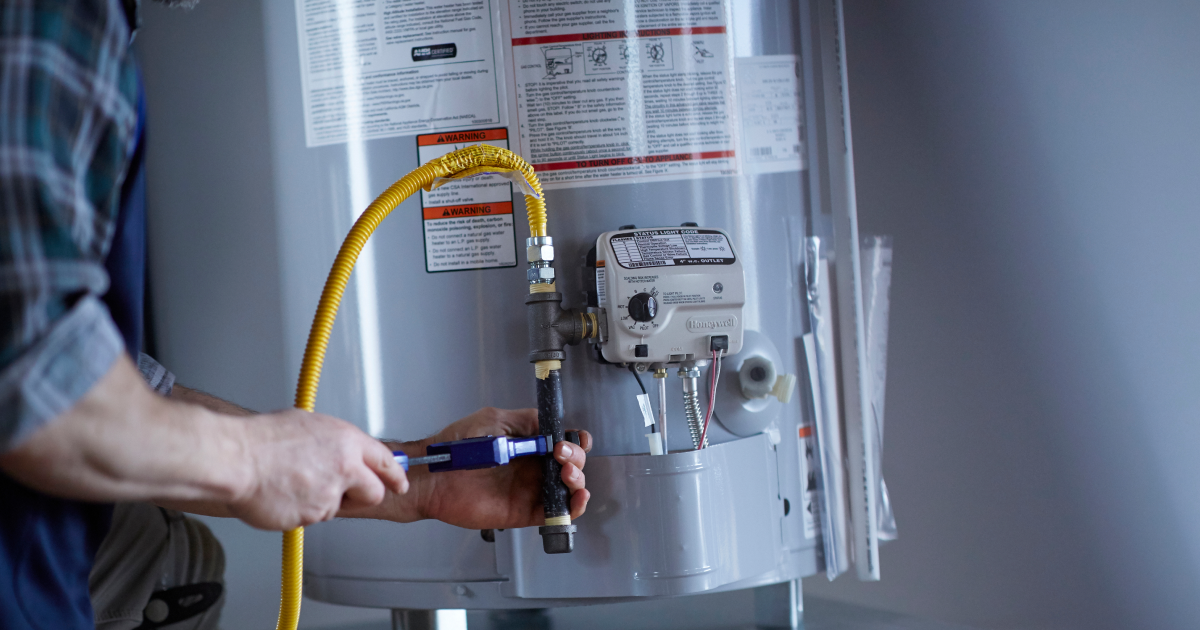Simple Methods to Care for Your Home's Hot Water System Properly
Simple Methods to Care for Your Home's Hot Water System Properly
Blog Article
Presented here on the next paragraphs you'll find a good deal of outstanding material related to Tips on Maintaining a Water Heater.

Hot water is important for day-to-day convenience, whether it's for a refreshing shower or cleaning recipes. To ensure your hot water system runs successfully and lasts much longer, normal maintenance is essential. This short article gives useful suggestions and understandings on just how to maintain your home's hot water system to prevent disturbances and pricey repairs.
Introduction
Preserving your home's warm water system could appear daunting, however with a couple of basic actions, you can guarantee it runs efficiently for years to come. This guide covers everything from understanding your hot water system to DIY maintenance suggestions and understanding when to contact professional assistance.
Value of Preserving Your Warm Water System
Normal upkeep not just expands the lifespan of your hot water system but also ensures it runs efficiently. Neglecting maintenance can lead to decreased efficiency, higher energy costs, and also premature failure of the system.
Signs Your Warm Water System Requirements Maintenance
Knowing when your warm water system needs attention can prevent major issues. Look out for signs such as inconsistent water temperature, unusual noises from the heater, or rusty water.
Understanding Your Warm Water System
Prior to diving right into upkeep tasks, it's valuable to understand the standard parts of your warm water system. Normally, this includes the water heater itself, pipes, anode poles, and temperature level controls.
Month-to-month Upkeep Tasks
Routine monthly checks can help capture small problems before they escalate.
Purging the Hot Water Heater
Flushing your hot water heater eliminates sediment build-up, improving performance and extending its life.
Checking and Changing Anode Rods
Anode rods protect against rust inside the container. Examining and changing them when broken is important.
Inspecting and Changing Temperature Level Settings
Changing the temperature settings ensures ideal efficiency and security.
Do It Yourself Tips for Maintenance
You can execute numerous upkeep tasks on your own to keep your hot water system in leading condition.
Looking for Leakages
Frequently check pipes and links for leakages, as these can result in water damage and greater bills.
Checking Stress Relief Valves
Evaluating the stress relief valve guarantees it operates properly and protects against excessive pressure build-up.
Shielding Pipes
Insulating hot water pipes minimizes warmth loss and can conserve energy.
When to Call a Professional
While DIY maintenance is useful, some issues need expert know-how.
Facility Issues Requiring Professional Help
Instances consist of major leaks, electrical troubles, or if your hot water heater is regularly underperforming.
Routine Specialist Upkeep Benefits
Expert upkeep can consist of detailed examinations, tune-ups, and making certain conformity with safety and security criteria.
Conclusion
Regular maintenance of your home's hot water system is necessary for performance, long life, and cost savings. By following these suggestions and understanding when to look for specialist aid, you can make certain a trusted supply of warm water without unanticipated disruptions.
How to Maintain an Instant Hot Water Heater
Before tinkering with your hot water heater, make sure that it’s not powered on. You also have to turn off the main circuit breaker and shut off the main gas line to prevent accidents. Also turn off the water valves connected to your unit to prevent water from flowing into and out of the appliance. 2. When you’re done, you have to detach the purge valves’ caps. These look like the letter “T†and are situated on either side of the water valves. Doing so will release any pressure that has accumulated inside the valves while at the same time avoid hot water from shooting out and burning your skin. 3. When the purge valves’ caps are removed, you have to connect your hosing lines to the valves. Your unit should have come with three hoses but if it didn’t, you can purchase these things from any hardware or home repair shops. You can also get them from retail stores that sell water heating systems. Read the user’s manual and follow it to complete this task properly. When the hosing lines are connected, open the purge port’s valves. 4. You should never use harsh chemical cleaners or solutions when cleaning your unit. Make use of white vinegar instead. It should be undiluted and you’ll probably use about 2 gallons. 5. Now flush your water heater. This task should probably take about 40 minutes. We can’t give you specific directions for this because the procedure is carried out depending on the type, model and brand of your heater. With that being said, refer to the user’s manual. 6. When you’re done draining the unit, you have to turn off the purge port valves again. Remove the hosing lines that you earlier installed on each of the water valves. Put the valve caps (purge port) back in their respective places and be very careful so as not to damage the rubber discs that are found inside these caps. 7. Now that everything’s back in place, check your user’s manual again to find out how to reactivate your water heating system. 8. Once it is working, turn one of your hot water faucets on just to let air pass through the heater’s water supply pipes. Leave the tap on until water flows smoothly out of it. https://www.orrplumbing.com/blog/2014/september/how-to-maintain-an-instant-hot-water-heater/

Do you like more info about Tips on Maintaining a Water Heater? Post a remark down the page. We would be glad to know your insights about this review. Hoping that you come back again soon. Do you know somebody else who is occupied with the subject? Please feel free to promote it. I praise you for being here. Come back soon.
Book Today! Report this page